After Lake Manyara, we drove over the mountain, passing by the Ngorongoro Crater in an impenatrable morning mist, on to the Serengeti. Our Lodges at Masai Mara and Serengeti were only 75 miles apart as the crow flies, but it seemed a lot further. Part of the reason is that we had travelled hundreds of miles between the two places, but it was more than that. We were visiting the Serengeti at the end of the Dry Season – and it showed.
Serengeti means Plain. I suppose it’s meant as "big flat place," but it could also mean "without features" – like "plain Jane." It was both, stretching as an endless emptiness into the horizon. I wondered if there would be anything there at all. Then we began to see the hoards of Tommies [Thompson Gazelles] that pepper the landscape [as if they were trying to give it some structure].
There was plenty to see, as it turned out. But it was along the rivers or in the foothills, not out on the Plain as in Masai Mara. We’d spent our recent days in places where water wasn’t the central issue of life – the swamps of Amboseli and Lake Manyara. I’d found myself using the phrase "Garden of Eden" for both. But now we were back on the Plains of the Great African Rift, just a 150 miles below the Equator, and the availability of water controls everything.
We did a game drive on the way in before we reached the Lodge [along a river]. And there were our old friends in great abundance.
And some new ones [ugly new ones] – the Mirabu Storks.
If anything, the life along the river was even more robust that along the rivers in Masai Mara. So much so, that I forgot my initial impression of how dry and barren the great open spaces of the Serengeti really were.
We weren’t on a geographic survey trip. We were tourists armed with cameras looking for things to point them at. And there was plenty to photograph. The predators were back, and they captured our attention.
There are still herds in the Serengeti, but not out on the open Plains. We came across a large, single file herd of Zebras marching along the woods to the river for a morning watering,
but the whole enterprise turned into a stampede when some upstream Crocodiles came their way.
The large animals move into the woods as well. The Elephants join the Giraffes in dining on the trees [the broken trees everywhere testify to the Elephant’s undainty table manners].
And the resident herds of Zebras and Wildebeests make do with the grass along the edge of the woodlands, leaving the open plains to the Gazelles and Ostriches [who hardly seem to mind].
I will admit that I believe everything Sigourney Weaver says is absolutely true. How could I doubt her? She vanquished the Alien [over and over]. In the beautiful series, Planet Earth, Weaver narrated the amazing scenes in the Serengeti when the "green" comes back. So, I know it will happen. But for me, the Serengeti will be forever frozen in these photographs of the end of the Dry Season – very "brown."
I sent the animation of "the Migration" to our fellow traveler email list. I got a response from Tony, our tour guide.
… what the article says is true, except that in 1998 when we had the El Nino rains, we expected them not to migrate because there was enough food in both countries. However, they still went through their normal routine.
I suppose there are lots of ways to look at this interesting exception – see it as a challenge to the thesis that "the Migration" is driven by the seasonal rains and the availability of grasses on the African Plain. Or maybe one could see it as inertia, driven by some need in these animals to endlessly move from place to place. For myself, I guess I’m still there in my mind, because I thought simply, "This is Africa."





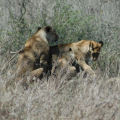
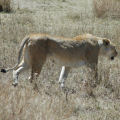
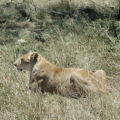
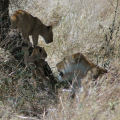
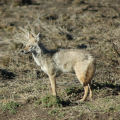
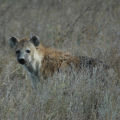
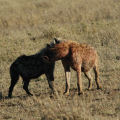
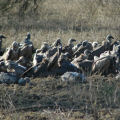

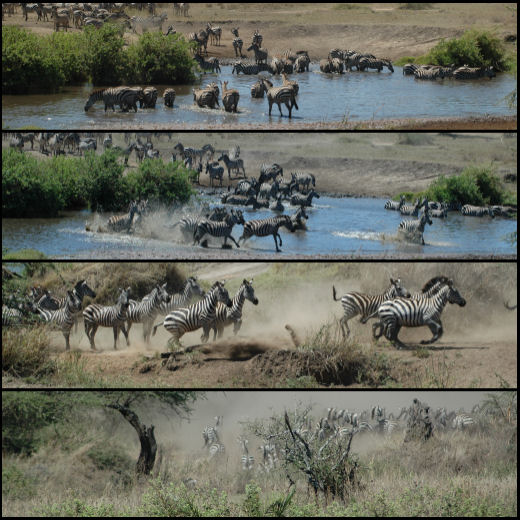
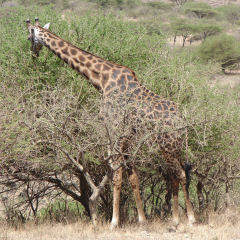
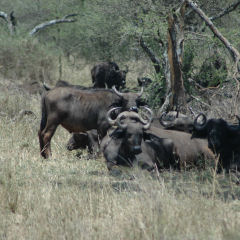
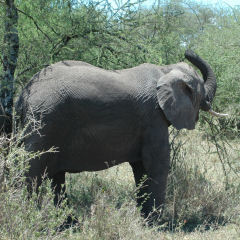
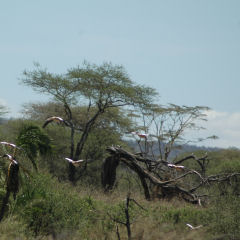
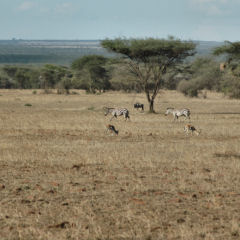
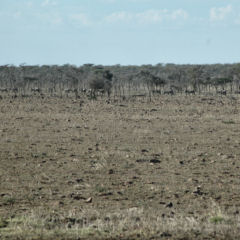
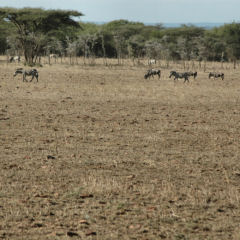
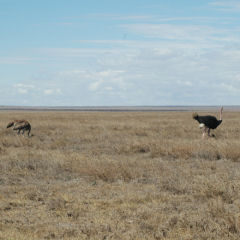
Sorry, the comment form is closed at this time.